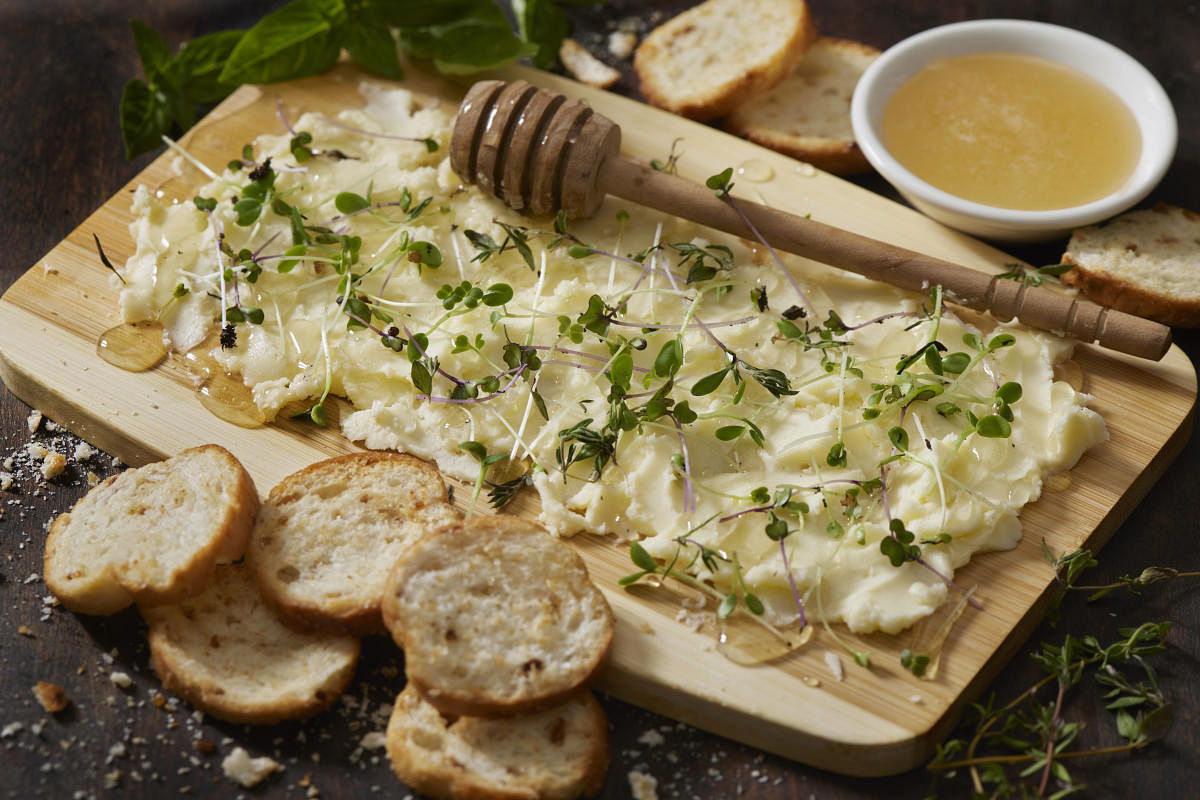Let’s face it... when it comes to influencing decision-making today, especially about food, nothing quite works as effectively as social media, and one space in particular: Instagram. Since the pandemic three years ago, this platform has grown multifold with practically every brand, person and even institution having their accounts and thanks to the fact that there is space for everything, it has become the ultimate hub for content creators. In fact, such has been the popularity of Instagram that today, it has surpassed other mediums of knowing and connecting to become the single place that possibly has a better hold on what we do today than celebrities and royalty. When it comes to food, it is without a doubt holding all the cards. Whether it was baking mug cakes or cooking with a block of feta, quick hacks to traditional dishes (recreating vintage fare as well) that needed constant labouring to know a food culture and even alternating to new dietary lifestyles and diets like vegan, keto and others, the best part is, it does the job effectively well.
Why does foodstagramming have such a profound effect on us? The answer is the connection. Since time immemorial, food has been a universal language that has brought cultures together. Cuisines worldwide have evolved thanks to the versatility of food influencing and getting influenced — a probable reason why Korean food became so popular post the Squid Game series. After all, we knew about the bowl of noodles thanks to China. Another instance is the butter board. Created by food blogger Justine Doiron this year, the board, loosely patterned on the 15th-century French Charcuterie boards is a go-to snacking display this year. Why? It delivers on two counts: ease of doing it (it’s butter, after all) and the taste. Add to the inexpensive ingredients, and voilà you have a talking point. Doability with a side of good looks has been an age-old formula in the 101 books on social media success. The moment a trend can go from reel to real, is tasty and up for experiments, it not only garners the limelight but turns strangers into what psychologists call the Model of our Mimetic desire. Simply explained, these are people we identify as peers and are likely to follow more than a celebrity MasterChef. That’s one of the many reasons why we have regular people who have turned influencers simply by cooking their regional cuisine, talking about it, sharing kitchen hacks or even deconstructing a complex dish into a similar one. Add to that blend the effective use of communication tools that brings in validation and association, and there is a fair chance for the next food fad and possible trend coming from them.
A curious case is the #WhatIAteInADay trend which in the past two years has garnered close to 7 million views, and is rated high on the ROI index of influencing different kinds of dietary habits — from clean eating to meatless dining and even the indulging-gorging ones. Cued to the right music, this 1558 trend, started by Renaissance writer Luigi Cornaro whose documentation of his meal was turned into a book The Art of Living Long, works the mind through a blend of this tingling, satiating, daze-like feeling called Autonomous sensory meridian response and the I-have-that-too/I-can-make-that too kind of associative resolve.
Now add to that connect the constant bombarding of similar kinds of reels thanks to the AI work which ensures that the food trend is able to penetrate deep into the consciousness till it has a physical format of adaptation. In other words, you either cook it, go eat it or just try to do your own twist to it. Like banana loaf and Dalgona coffee of three years ago or regional speciality dishes of today. This index of interest, which essentially makes one hover over some accounts and reels plays a vital role in turning a food fad, real — irrespective of its excellence or stupidity like the Fanta Maggi or Chocolate Manchurian and Butter Chicken ice cream roll. The beauty of a food fad done well is that it octopuses everywhere — even a finance influencer would be using the same dish as an analogy.
All this coupled with our in-built programme of following our peers contributes to how food and its trends get us to do the bidding. Sprinkled by open conflict, a byproduct of such spaces, the trend is likely to hit a home run.
(The author is a seasoned food columnist and curator of experiential dining experiences, pop-ups and retreats for chefs.)
